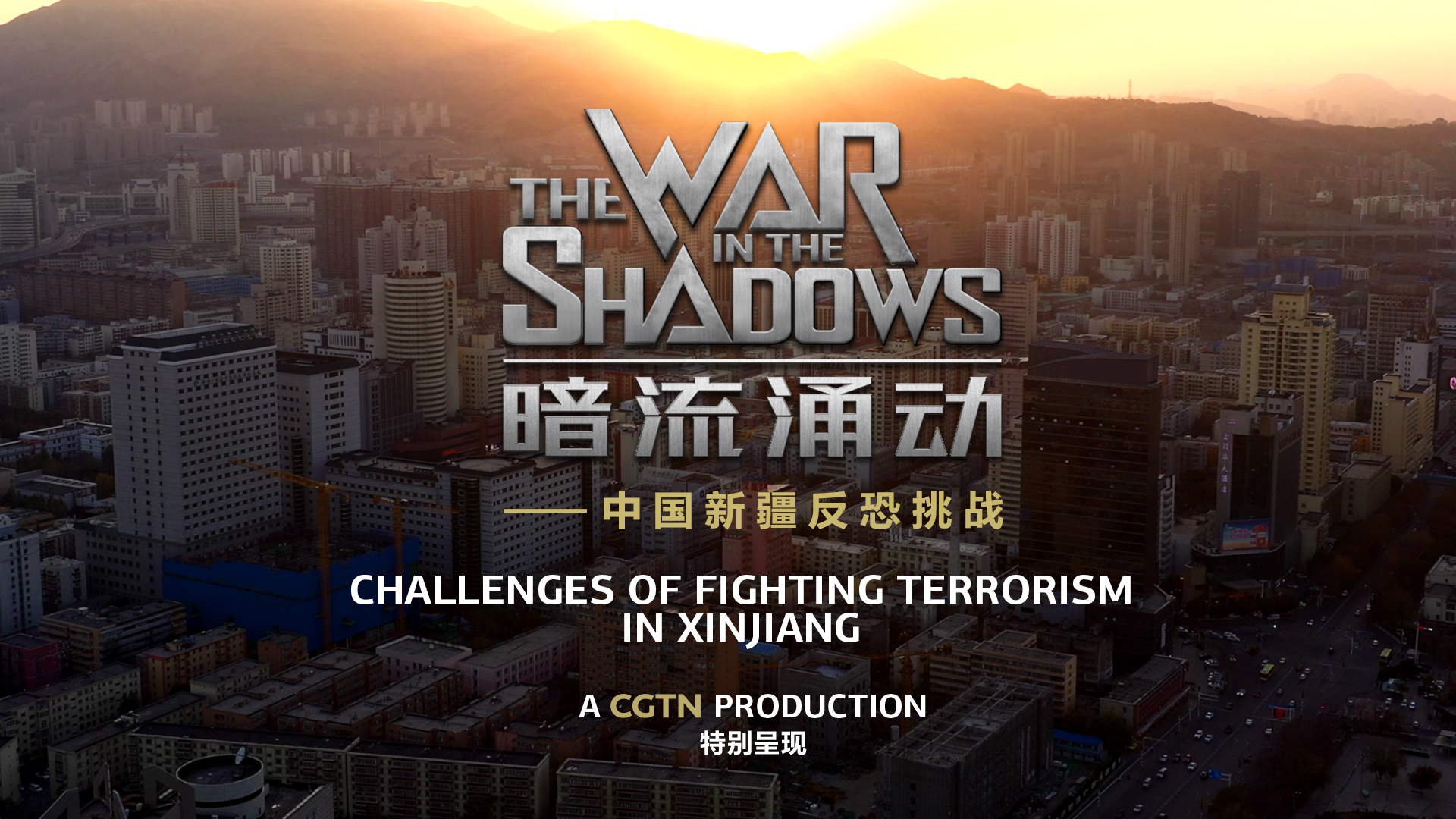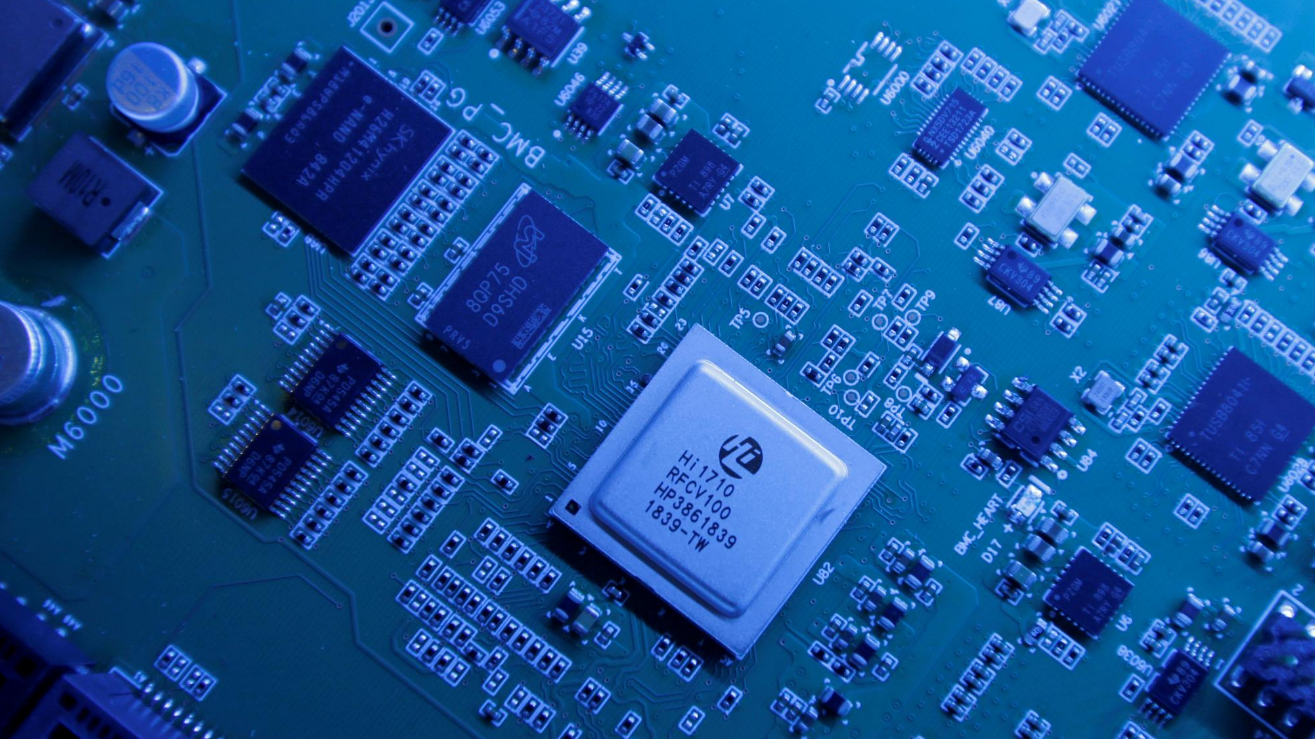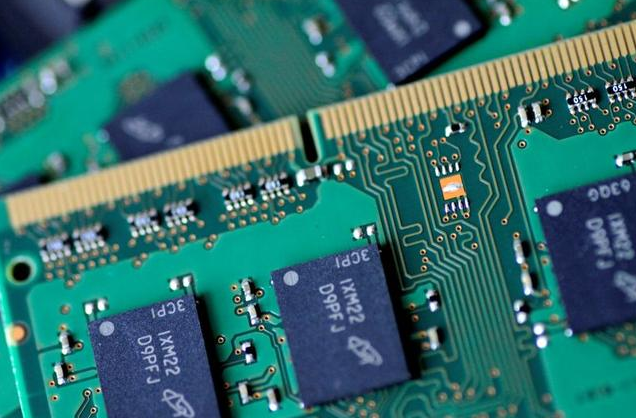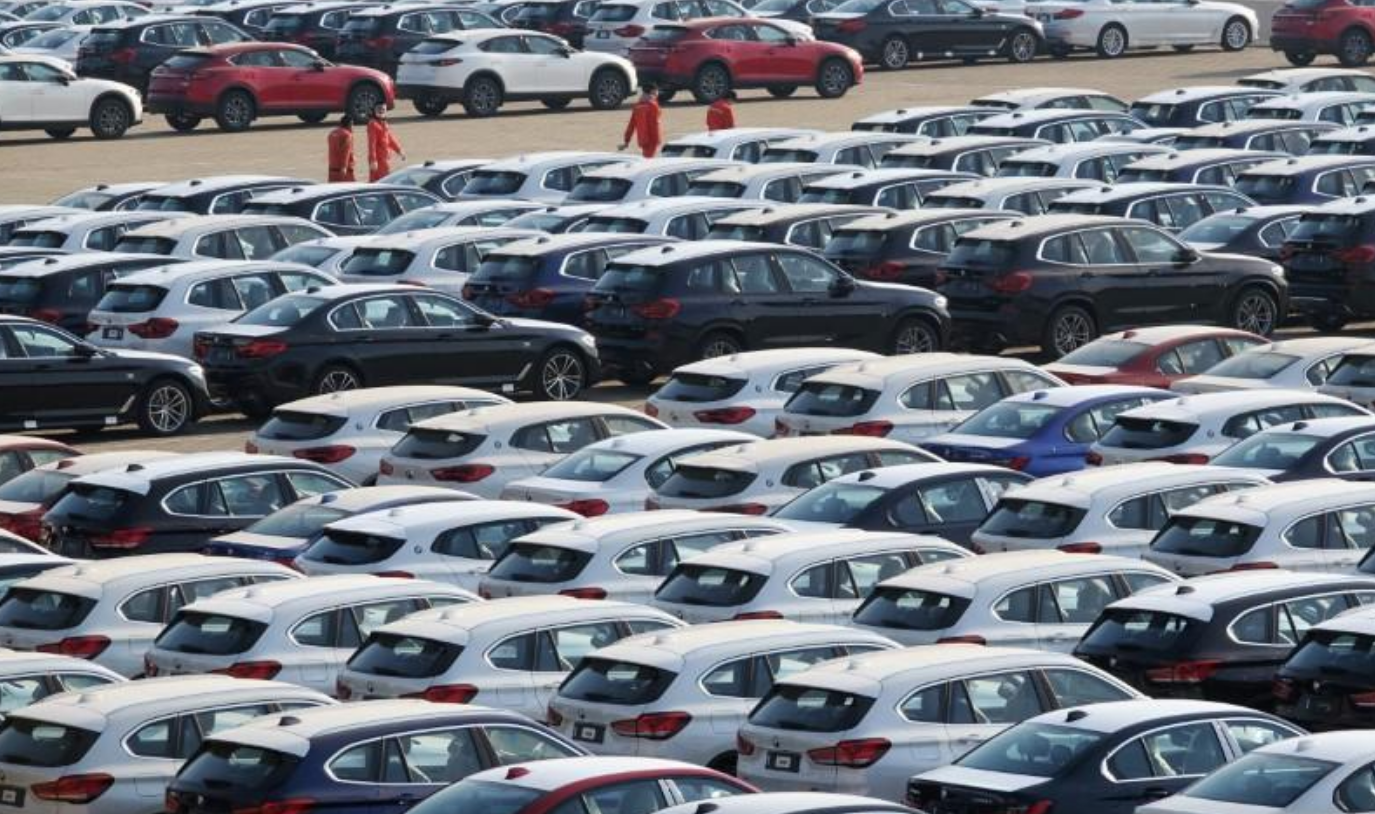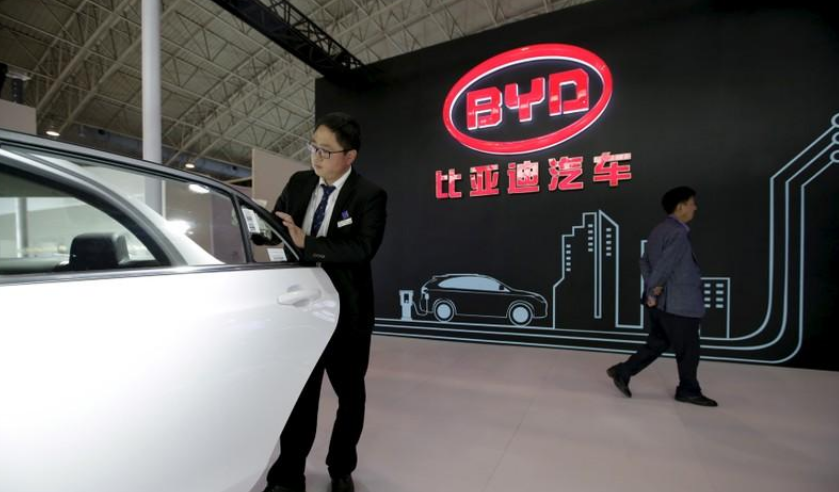Deliveroo's IPO Slump Casts Doubt Over London's Post-Brexit Ambitions
Published on Apr 2 2021 5:50 AM in Technology tagged: Trending Posts / London / Deliveroo / SPACed

Deliveroo's share price plunge on its London stock market debut has put a question mark over Britain's ambitions to become a home for fast-growing tech companies following its departure from the European Union, investors and analysts say.
Shares in the food delivery company slumped as much as 30% on Wednesday in one of the biggest first day falls for a stock in London. They were down another 2.2% on Thursday.
Many of the reasons for the brutal decline are likely to be company-specific, according to a dozen interviews by Reuters of venture capital (VC) investors, bankers, analysts and tech executives.
But some said it also highlighted shortcomings in the London market and that - whatever the cause - it would deal a blow to Britain's efforts to attract more top tech companies.
"The volatility facing Deliveroo's share price is a setback for the UK's ambitions to convince more VC-backed tech businesses to list," said Nalin Patel, EMEA Private Capital Analyst at PitchBook.
"Deliveroo's decision to list on the LSE (London Stock Exchange) will come under scrutiny given its disappointing debut and the fact that Europe-based tech companies have predominantly listed in the U.S. in recent years."
'Should Have SPACed'
One source close to some Deliveroo board members said some directors felt the loss-making company should have merged with a special purpose acquisition vehicle (SPAC) in New York - an increasingly popular way for firms to go public without an initial public offering (IPO).
"It's not great for London, to be honest. The feeling is that Deliveroo should have SPACed to New York where investors understand and accept the risk associated with pre-revenue businesses," the source said.
A Deliveroo spokeswoman declined to comment.
'Strong Start'
The LSE declined to comment on Deliveroo, but said the exchange had had a strong start to the year for listings.
"The positive activity demonstrates the ability of UK capital markets to support dynamic companies across all sectors and from around the globe," said Murray Roos, head of capital markets at LSE Group.
Attracting European technology companies has long been an goal for the LSE. Those ambitions became more pressing after Brexit, with London wanting to retain its position as a major global financial hub without access to EU markets.
The LSE, British government officials and bankers all launched a charm offensive to persuade Deliveroo to list in Britain.
Traditionally, European tech companies, such as music streaming firm Spotify, have chosen a New York listing to access the world's biggest tech investment community and an entrepreneur-friendly listing regime.
Britain's finance ministry declined to comment on the Deliveroo IPO but said the country had "a long track record of attracting the best companies in the world".
'Unique Cocktail Of Factors'
Several VCs and entrepreneurs said Deliveroo's flop had more to do with company-specific factors than London.
Some questioned whether Deliveroo's recent growth could be sustained when coronavirus lockdowns are eased and worried its reliance on a gig-economy model might run into legal problems.
"There are specific issues for Deliveroo - workers rights, how much of the recent growth will unwind post-lockdown," said Rob Moffat, a partner at Balderton Capital.
"I wouldn't get too into a read across for upcoming IPOs."
Some bankers also said the deal had little relevance to the IPO pipeline.
"It's a sign that ESG (environmental, social and governance) concerns are very important to investors' minds," said Andreas Bernstorff, head of equity capital markets at BNP Paribas. "If you combine that with the expensive valuation and governance, there was a unique cocktail of factors at play on this deal."
Still, some investor objections to Deliveroo could be read as a lower tolerance among British fund managers to entrepreneur-led growth firms with weaker corporate governance.
Heavyweight investors Aberdeen Standard Life, Aviva, Legal & General Investment Management and M&G all publicly stated their intention to stay away from the IPO. Unequal voting rights enjoyed by Deliveroo founder Will Shu were one of the reasons.
The Hut Group opted for a similarly unequal, dual-class share structure last year, and other IPO candidates are reportedly considering the same.
A listing review commissioned by UK finance minister Rishi Sunak has recommended such structures be allowed in London without restriction, but some investors are opposed.
As a result, some equity capital bankers believe British companies will once again look at the New York option.
"There is no shortage of SPACs to choose from," one said, referring to the record number of SPACs raising money in the United States and looking for acquisitions, many in Europe.
UK online car seller Cazoo Holdings Limited said this week it was opting for a SPAC deal to list in New York.
Whether Deliveroo becomes a lesson on IPO execution or on venue, or just a natural unwinding of some of the froth around tech IPOs in recent years, remains unclear.
"It may be in part a reaction to the drumbeat of negativity around the first day IPO pop, which has led some issuers to demand overly aggressive IPO pricing," said Matt Harris, a U.S.-based partner at Bain Capital Ventures.
"While you could argue that the drop in price means that Deliveroo raised money at an admirably low cost of capital, I doubt they are rejoicing about it."


